Annals of Marine Science
Static Power Equipment for the Active Elimination of Harmonics from the National Energy Grid
Marian Găiceanu*, Silviu Epure, Razvan Solea and Razvan Buhosu
Lower Danube University of Galati, Domneasca Street no. 47, 800008 Galati, Romania
Cite this as
Găiceanu M, Epure S, Solea R, Buhosu R. Static Power Equipment for the Active Elimination of Harmonics from the National Energy Grid. Ann Mar Sci. 2024;8(1):034-041. Available from: https://dx.doi.org/10.17352/ams.000047Copyright License
© 2024 Găiceanu M, et al. This is an open-access article distributed under the terms of the Creative Commons Attribution License, which permits unrestricted use, distribution, and reproduction in any medium, provided the original author and source are credited.Taking into account the long-term (2020-2050) Energy Strategy of Romania, and the Integrated National Plan in the Energy and Climate Changing 2021-2030, Dunărea de Jos University of Galati, utilizing the industrial partners, will conduct the applied industrial research to provide in the National Grid a clean energy, by harmonics mitigation. This paper deals with the Shunt Active Power solution to efficiently mitigate the current harmonics within the national power grid. Both numerical and experimental results are presented in this paper. The results of this paper are obtained by the beneficiary and the industrial partner of the „Knowledge transfer regarding the increase of energy efficiency and intelligent power systems” project, acronym CRESC-INTEL, within the POC Competitiveness Operational Program. The obtained results of this project will conduct one innovation-based ecosystem in the European Union research and technological development field. Innovative static power types of equipment ensure an increased energy efficiency of the power system with a high power factor. Based on the obtained prototype, a mass production of the innovative static power equipment will be delivered to the specific market, by complying with the available power quality standards. In this way, based on the static power equipment series production, by considering alternative power ranges, harmonic cleaning of the national grid is obtained.
Introduction
Active power filters [1-13] derive from the class of static power converters and require power semiconductor devices with high switching frequency. The active filter represents a very good solution in installations where the content of harmonics cannot be predicted due to the frequent change of location and type of equipment. The control of the active power filters is carried out so that they absorb the harmonics that must be eliminated from the grid [14-22]. Electricity users need clean energy, without distortions, even if they produce electrical pollution through the nature of the non-linear loads they have. Utility service providers must provide clean energy to customers. Thus, there is a need for electrical devices that improve power quality. Due to the specific profile of the consumer, they produce harmonics, which propagate in the supply grid [23-26]. We can enumerate only a few of the effects that these harmonics can produce overheating of equipment, increased losses through the Joule effect, mechanical and electrical oscillations in electrical drives, can lead to communication interruptions and failures in control systems, trigger safety equipment in unpredictably way and premature equipment failure [14]. Since the utility provider cannot fully mitigate the disturbances occurring in the grid, it asks its customers to comply with standards for limiting harmonic pollution within admissible limits: IEEE Std. 519 in the USA, respectively IEC 61800 in the European Union. The Point of Common Coupling (PCC) is the place where utility providers interact with the consumer. At this point, the harmonic distortion is measured. Among the harmonic attenuation techniques, Line Reactors, hybrid passive harmonic filters (series and parallel), static power converters with several pulses (for medium voltages), and active power filters can be mentioned. Active Power Filters (APFs) can be classified according to converter type, topology, and number of phases [2-4]. There are two types of converters: Voltage Source Inverter (VSI) and Current Source Inverter (CSI). The APF topology is classified into three types: Series Active Filters, Parallel or shunt active filters (SAPF), and Hybrid active filters [27-30]. Finally, based on the number of phases, mainly two types can be mentioned: the two-wire system (single-phase), and the three-phase system with three or four wires.
The technical data of the resulting industrial prototype made within the project “Transfer of knowledge regarding the increase of energy efficiency and intelligent power systems”, acronym CRESC-INTEL, from the POC Competitiveness Operational Program is presented in the Second section. In the third Section, the SAPF Matlab/Simulink implementation of the p-q control is depicted, along with the simulation results. The fourth Section is dedicated to the experimental results of the SAPF prototype. Finally, the Conclusions of the research work are presented in the last Section.
Three-phase SAPF power circuit injects the harmonic current content into the utility system with the same amplitude as the harmonic currents generated by a given nonlinear load, but with opposite phases to maintain a sinusoidal current at the PCC. The main purpose of the active shunt filter is to compensate for harmonic currents that produce an improvement in power factor. A large capacitor connected to the DC bus of the converter acts as a voltage Source the Active Parallel Filter (SAPF) offers several advantages such as source inductance does not affect the harmonic compensation capability of the SAPF system, it is cost-effective for low to medium kVA industrial loads.
The reference currents of the SAPF are generated based on the instantaneous power theory [31]. Based on the reference currents, the SAPF can compensate only the power factor, harmonic currents, or both power factor and harmonic currents (total compensation capability).
The industrial prototype technical data
In the first stage, by an adequate design, the main parameters of the active power filter are obtained. Through mathematical modeling and numerical implementation, one of the resulting industrial prototypes is based on the main technical data: the rated voltage of the active power filter is 400Vac. According to the specific European Union power quality standards (EN 61000-6-2, EN 61000-6-4, EN 50178), the voltage fluctuation is within ± 10%. The rated frequency is 50 Hz with an admissible fluctuation of ± 4%. The rated current load of the industrial prototype is 100A. The prototype is force cooling, reducing the power loss of the APF. To manage the data information, the communications within the three-phase shunt active power filter are based on the following interfaces: ETHERNET, RS 232/485, CAN, and USB. The LabView FPGA software has been used to implement the instantaneous power (PQ) control. The full scale of the prototype is 810 x 360 x 1400 mm.
By comparing the SAPF with the passive power filters, the first category has the following advantages:
- No overcharged grid current due to the nonlinear loads
- The desired currents to be compensated can be selected
- THD and/or power factor can be compensated individually or both of them;
- The higher precision can be obtained due to the dynamical harmonic load current compensation.
In Figure 1 the industrial prototype active power filter of the industrial partner is presented.
Numerical implementation of active power filter systems
In this section, the dynamic models of the power supply systems are presented, which contain the power supply, the non-linear six-pulse bridge uncontrolled rectifier load, the static power equipment for active harmonic elimination in the national power grid, the active power filter (Figures 1,2) with the control structure based on the method of instantaneous powers p-q. Thus, for industrial partners, following the research carried out, the active power filter contains the method of controlling the instantaneous active and reactive power (p-q) [31-39].
Figure 3 shows the implementation in the numerical simulation environment of the topology of the shunt active three-phase power filter type.
The architecture of the SAPF (Figure 2) is based on the power circuit and the control circuit. Three-phase Voltage Source Converter (VSC) consists of one bridge based on six IGBTs’ power semiconductors. The SAPF is connected in the PCC delivering the appropriate opposite high harmonic currents to compensate the load harmonic currents. In this way, the SAPF cleans the source currents of higher harmonics.
The SAPF control algorithm is based on the theory of instantaneous powers. A typical connection of the inverter-based SAPF system with the control algorithm is shown in Figure 2. The SAPF control structure contains four subsystems: extraction of harmonics based on an instantaneous powers algorithm; an algorithm for adjusting the voltage of the DC link capacitor; the current control algorithm, and the synchronization algorithm.
The synchronization algorithm plays an important role in controlling the operation of the SAPFs to ensure the operation of the SAPF in phase with the power system.
In Figure 4 the numerical results of the DC link voltage loop are shown. At the t = 0.02 the precharge phase is initiated. The DC link voltage is fastly controlled by the adequate PI controller. At instant t = 0.1s the rated reference of the DC link voltage is applied and correctly followed by the measured DC link voltage.
The obtained numerical results revealed the performance of the SAPF. In this way, in Figure 4 the grid impact of the SAPF connection can be underlined. As can be observed (Figure 5), without the SAPF connection, the source current is distorted (t< = 0.02s). The pre-charging phase comes with the sinusoidal source current, but the performance capability of the SAPF is evaluated at the rated DC link voltage (t> = 0.1s).
By applying the SAPF instantaneous power control, the reference currents of the APF are presented in Figure 6.
In Figure 7 the currents drawn into the non-linear load are depicted. The unitary power factor operation is demonstrated in Figure 8, through the source voltage and source current.
In Figure 9 the Total Harmonic Distortion (THD) of the source current (red signal) caused by nonlinear load is obtained. A large THDi = 27.66% is obtained.
The connection of the SHAPF reduces the THD value of the source current to 3.72%, as is depicted in Figure 10.
The corresponding THD voltage value without SAPF connection is THDu = 17.37% (Figure 11), and THDu = 3.86% (Figure 12) by SAPF connection, as it is shown in Figure 12.
Experimental results
In this section, the waveforms resulting from the prototype implementation of the p-q control method are presented. In Figures 13,14, the waveforms of voltage and current are shown following the supply of a non-linear load without an SAPF connection.
The obtained SAPF experimental results can be analyzed through the THD quality indicator. Without SAPF connection both the supply current and voltage are highlighted in Figure 15. The nonlinear load conducts to a non-sinusoidal source voltage.
In Figure 16 the voltage source harmonic analysis is performed. Without SAPF the high value of THDu = 0.9% is obtained. At the same time, the high value of the current source distortion is obtained THDi = 62.7% (Figure 17).
By SAPF connecting, the obtained experimental results show a significant improvement in harmonic mitigation. The voltage harmonics content is reduced to (Figure 18), and the supply current content is reduced to (Figure 19), respectively.
By connecting the SAPF, in Figure 19, the experimental results of the obtained power supply current signal are highlighted.
For a qualitative evaluation of the SAPF influence, both the experimental supply phase voltage and current are prelevated by using the Power analyzer (Figure 20).
The obtained experimental power quality indicators in the presence of SAPF in the Point of Common Coupling (PCC) show good harmonic performances, as is figured in Figure 21 for supply voltage THDu = 0.3% , and in Figure 22 for the supply current THDi = 8.4%.
Conclusion
The main result of the subsidiary contract with the Smartech industrial partner consists of the SAPF prototype. The accuracy of the mathematical modeling of the SAPF p-q control strategy is sustained by the obtained simulation results from the Matlab/Simulink numerical implementation By using a dedicated FPGA platform, the successful implementation of the instantaneous power theory control is demonstrated through the obtained experimental results. Therefore, both the simulation and experimental results are presented in this paper. In the case of the nonlinear loads, the obtained power quality performances reveal that both unity power factor operation and harmonics compensation (reactive power compensation) are performed through the SAPF industrial prototype. The technical data of the industrial prototype made within the CRESC-INTEL project have been presented, as well as an image of the physical industrial prototype has been delivered.
This study was supported by the CRESC INTEL project “Knowledge Transfer Regarding the Energy Efficiency Increase and Intelligent Power Systems”, ID/Cod My SMIS: P_40_340/105803, a project co-funded by the European Union from the European Regional Development Fund through the Competitiveness Operational Program 2014-2020
- Choudhury S, Acharya DP, Nayak N. A comprehensive survey on active power filters: classifications, issues and future trends. In: Proceedings of the 2021 International Conference in Advances in Power, Signal, and Information Technology (APSIT); Bhubaneswar, India. 2021;1-6. Available from: http://dx.doi.org/10.1109/APSIT52773.2021.9641490
- Buła D, Grabowski D, Maciążek M. A review on optimization of active power filter placement and sizing methods. Energies. 2022;15:1175. Available from: https://doi.org/10.3390/en15031175
- Li D, Wang T, Pan W, Ding X, Gong J. A comprehensive review of improving power quality using active power filters. Electric Power Systems Research. 2021;199:107389. Available from: http://dx.doi.org/10.1016/j.epsr.2021.107389
- Popescu M, Bitoleanu A, Suru CV, Linca M, Alboteanu L. Shunt active power filters in three-phase, three-wire systems: a topical review. Energies. 2024;17:2867. Available from: https://doi.org/10.3390/en17122867
- Zahira R, Peer Fathima A. A technical survey on control strategies of active filter for harmonic suppression. Procedia Engineering. 2012;30:686-693. Available from: https://doi.org/10.1016/j.proeng.2012.01.915
- Toumi T, Allali A, Meftouhi A, Abdelkhalek O, Benabdelkader A, Denai M. Robust control of series active power filters for power quality enhancement in distribution grids: simulation and experimental validation. ISA Transactions. 2020;107:350-359. Available from: https://doi.org/10.1016/j.isatra.2020.07.024
- Lei X, Xie Y, Lei J. Harmonic current detection and control of active power filter based on signal processing. Journal of Applied Science and Engineering. 2020;27(1):1889-1899. Available from: http://jase.tku.edu.tw/articles/jase-202401-27-1-0005.pdf
- Janpong S, Areerak K. Harmonic detection for shunt active power filter using ADALINE neural network. Energies. 2021;14:4351. Available from: https://doi.org/10.3390/en14144351
- Jula B, Jarial RK, Verma AK, Burgos-Mellado C, Kumar M, Levis H. Improved reference current extraction method for electric aircraft active power filter application. Electric Power Components and Systems. 2024;1-13. Available from: https://doi.org/10.1080/15325008.2024.2349942
- Mohanty A, Ray PK, Das SR, Soudagar M, Ramesh T, Khan T, et al. Enhancing power quality in contemporary utility systems: a comprehensive analysis of active power filters and control strategies. Energy Reports. 2024;11:5575-5592. Available from: https://doi.org/10.1016/j.egyr.2024.05.033
- Guerrero-Rodríguez NF, Nuñez-Ramírez V, Batista-Jorge RO, Mercado-Ravelo R, Ramírez-Rivera FA, Ferreira JA, et al. Modelling real non-linear loads for a Controller Hardware-in-the-Loop configuration to evaluate a Shunt Active Power Filter. Energy Reports. 2024;12:1947-1976. Available from: https://doi.org/10.1016/j.egyr.2024.07.056
- Mohd Nor KA, Abdullah N. Power quality improvement of three-phase electrical systems using active-passive hybrid harmonic filter. Results in Engineering. 2024;22:102242. Available from: https://doi.org/10.1016/j.rineng.2024.102242
- Daramukkala P, Mohanty KB, Behera BP. Improved performance of a shunt hybrid active power filter by a robust exponential functional link network-based nonlinear adaptive filter control to enhance power quality. ISA Transactions. 2024;151:324-349. Available from: https://doi.org/10.1016/j.isatra.2024.05.036
- Madhuri N, Kalavathi MS. Fault-tolerant shunt active power filter with synchronous reference frame control and self-tuning filter. Measurement: Sensors. 2024;33:101156. Available from: https://doi.org/10.1016/j.measen.2024.101156
- Srivastava A, Saravanan S. Harmonic mitigation using optimal active power filter for the improvement of power quality for an electric vehicle charging station. e-Prime - Advances in Electrical Engineering, Electronics, and Energy. 2024;8:100527. Available from: https://doi.org/10.1016/j.prime.2024.100527
- Yang J, Lu J, Wu Y, Li J, Xu B, Zhang J, et al. Weight factor optimization of active power filter based on model predictive control for EAST harmonic current compensation. Fusion Engineering and Design. 2024;201:114263. Available from: https://doi.org/10.1016/j.fusengdes.2024.114263
- El Karch H, Abouelmahjoub Y, Mchaouar Y, El Beid S, Giri F, Elouafi M. Advanced nonlinear control of shunt active power filter connected to PV system via DC/DC converter. IFAC-PapersOnLine. 2024;58(13):104-109. Available from: https://doi.org/10.1016/j.ifacol.2024.07.467
- Khentaoui O, Mchaouar Y, Abouelmahjoub Y, Abouobaida H, Giri F, Chakiri S. Observation and backstepping control of single-phase shunt active power filter connected to photovoltaic system. IFAC-PapersOnLine. 2024;58(13):92-97. Available from: https://doi.org/10.1016/j.ifacol.2024.07.465
- Gao F, Bai Z. Frequency-adaptive odd-harmonic repetitive control scheme for three-phase shunt active power filters. European Journal of Control. 2024;79:101078. Available from: https://doi.org/10.1016/j.ejcon.2024.101078
- Govind A, Jayaswal K, Tayal VK, Kumar P. Simulation and real-time implementation of shunt active power filter for power quality enhancement using adaptive neural network topology. Electric Power Systems Research. 2024;228:110042. Available from: https://doi.org/10.1016/j.epsr.2023.110042
- Gupta UK, Sethi D, Goswami PK. Adaptive TS-ANFIS neuro-fuzzy controller based single phase shunt active power filter to mitigate sensitive power quality issues in IoT devices. e-Prime - Advances in Electrical Engineering, Electronics, and Energy. 2024;8:100542. Available from: https://doi.org/10.1016/j.prime.2024.100542
- Amini B, Rastegar H, Pichan M. An optimized proportional resonant current controller based genetic algorithm for enhancing shunt active power filter performance. International Journal of Electrical Power & Energy Systems. 2024;156:109738. Available from: https://doi.org/10.1016/j.ijepes.2023.109738
- Rezapour H, Fathnia F, Fiuzy M, Falaghi H, Lopes AM. Enhancing power quality and loss optimization in distorted distribution networks utilizing capacitors and active power filters: a simultaneous approach. International Journal of Electrical Power & Energy Systems. 2024;155(B):109590. Available from: https://doi.org/10.1016/j.ijepes.2023.109590
- Benazza B, Ouadi H, Khafallah M. PV system based on active power filters for energy quality improvement in EV charging station. IFAC-PapersOnLine. 2024;58(13):110-115. Available from: https://doi.org/10.1016/j.ifacol.2024.07.468
- Deffaf B, Farid H, Benbouhenni H, Medjmadj S, Debdouche N. Synergetic control for three-level voltage source inverter-based shunt active power filter to improve power quality. Energy Reports. 2023;10:1013-1027. Available from: https://doi.org/10.1016/j.egyr.2023.07.051
- Chu Y, Luo X, Hou S, Fei J. Robust hybrid intelligent control using probabilistic feature for active power filter. Control Engineering Practice. 2023;141:105712. Available from: https://doi.org/10.1016/j.conengprac.2023.105712
- Abou Houran M, Sabzevari K, Hassan A, Oubelaid A, Tostado-Véliz M, Khosravi N. Active power filter module function to improve power quality conditions using GWO and PSO techniques for solar photovoltaic arrays and battery energy storage systems. Journal of Energy Storage. 2023;72(C):108552. Available from: https://doi.org/10.1016/j.est.2023.108552
- Akbari E, Zare Ghaleh Seyyedi A. Power quality enhancement of distribution grid using a photovoltaic based hybrid active power filter with three-level converter. Energy Reports. 2023;9:5432-5448. Available from: https://doi.org/10.1016/j.egyr.2023.04.368
- Vignesh Pandian RK, Aarthi N. Design and control of shunt active power filter for power quality improvements with PV array. In: Proceedings of the 2024 Third International Conference on Power, Control and Computing Technologies (ICPC2T); Raipur, India. 2024; 55-59. Available from: https://doi.org/10.1109/ICPC2T60072.2024.10475117
- Maithani A, Dwivedi P, Bose S. Grid connected photovoltaic using modular multilevel converter as shunt active power filter. In: Proceedings of the 2023 IEEE 14th International Symposium on Power Electronics for Distributed Generation Systems (PEDG); Shanghai, China. 2023; 75-80. Available from: https://doi.org/10.1109/PEDG56097.2023.10215208
- Akagi H, Yoshihira K, Akira N. Instantaneous reactive power compensators comprising switching devices without energy storage components. IEEE Transactions on Industry Applications. 1984;625-630. Available from: https://doi.org/10.1109/TIA.1984.4504460
- Ali E. Instantaneous reactive power compensators comprising switching devices without energy storage components. 2005.
- Lee SJ, Kim H, Sungho S, Waffler F. A novel control algorithm for static series compensators by use of PQR instantaneous power theory. IEEE Transactions on Power Electronics. 2004;19(3):814-827. Available from: https://doi.org/10.1109/TPEL.2004.826499
- Akagi H, Kanazawa Y, Nabae A. Generalized theory of the instantaneous reactive power in three-phase circuits. In: Proceedings of the IPEC '83 - International Power Electronics Conference; Tokyo, Japan. 1983; 1375-1386. Available from: https://www.scirp.org/reference/referencespapers?referenceid=2122938
- Watanabe EH, Stephan RM, Aredes M. New concepts of instantaneous active and reactive powers in electrical systems with generic loads. IEEE Transactions on Power Delivery. 1993;8(2):697-703. Available from: https://ifgjatai.eu5.org/watanabe1.pdf
- Aredes M, Watanabe EH. New control algorithms for series and shunt three-phase four-wire active power filters. IEEE Transactions on Power Delivery. 1995;10(3):1649-1656. Available from: https://doi.org/10.1109/61.400952
- Akagi H, Nabae A, Atoh S. Control strategy of active power filter using multiple voltage source PWM converters. IEEE Transactions on Industry Applications. 1986;IA-22(3):460-465. Available from: https://doi.org/10.1109/tia.1986.4504743
- Ouchen S, Benlaloui I, Khamari D, Boutabba T, Benmessaoud F, Betka A. Comparative study between DPC and PDPC controls applied on shunt filter. In: Proceedings of the 2022 5th International Conference on Power Electronics and their Applications (ICPEA); Hail, Saudi Arabia. 2022;1-5.
- Dehury D, Mishra RN, Panda R. Power quality enhancement by shunt active power filter employing different control strategies: a concise review. In: Proceedings of the 2023 1st International Conference on Circuits, Power and Intelligent Systems (CCPIS); Bhubaneswar, India. 2023; 1-6. Available from: https://doi.org/10.1109/CCPIS59145.2023.10291610

Article Alerts
Subscribe to our articles alerts and stay tuned.
 This work is licensed under a Creative Commons Attribution 4.0 International License.
This work is licensed under a Creative Commons Attribution 4.0 International License.
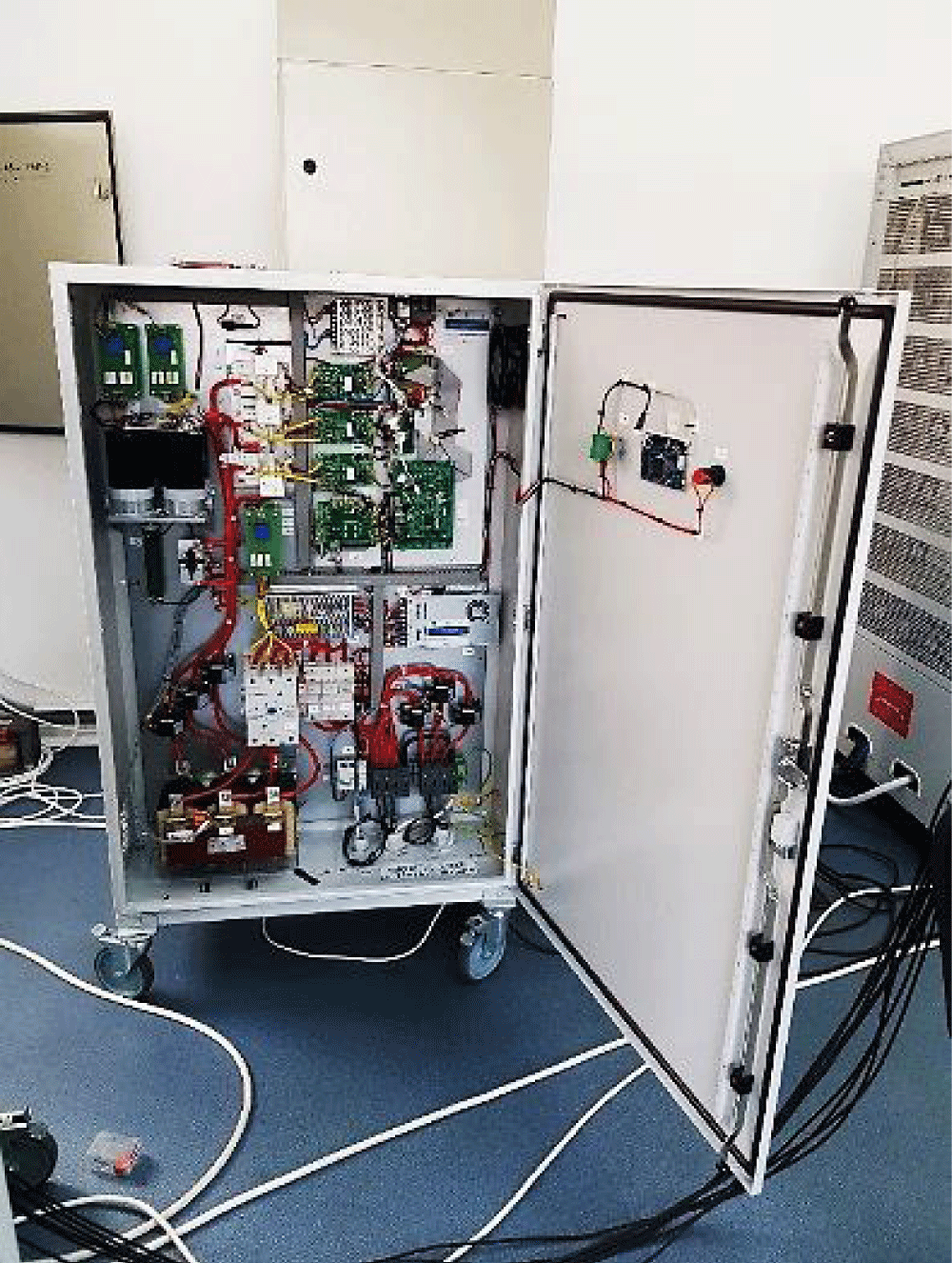
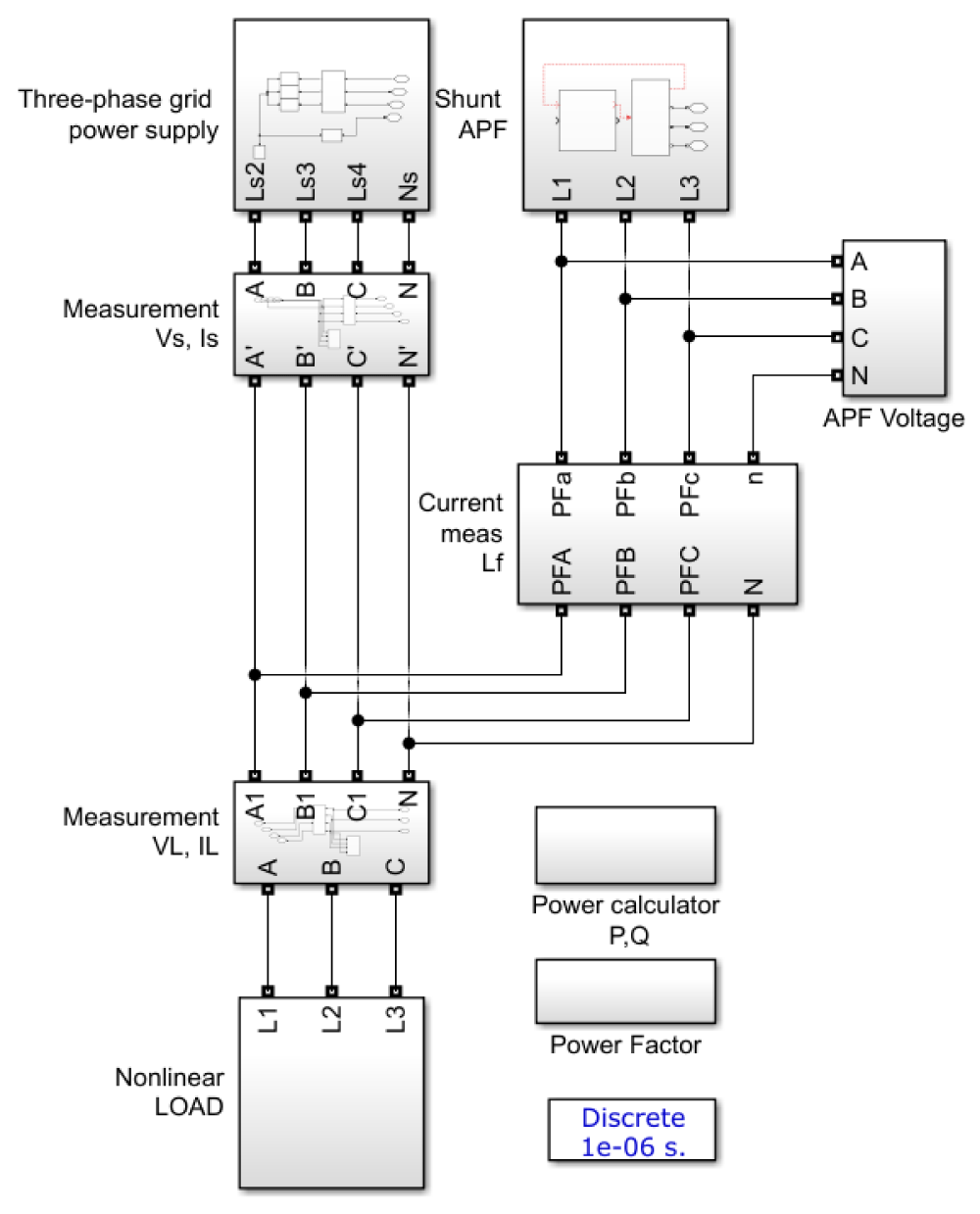
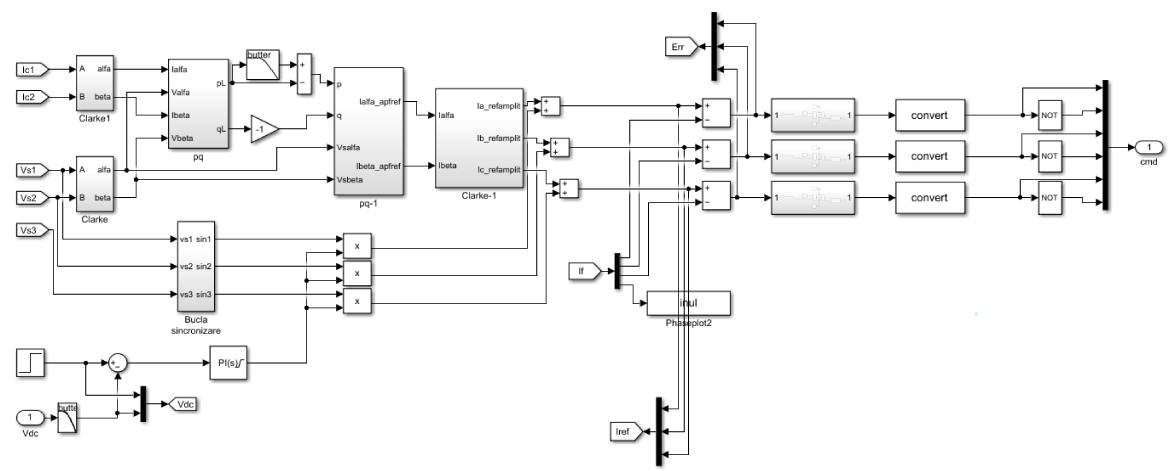

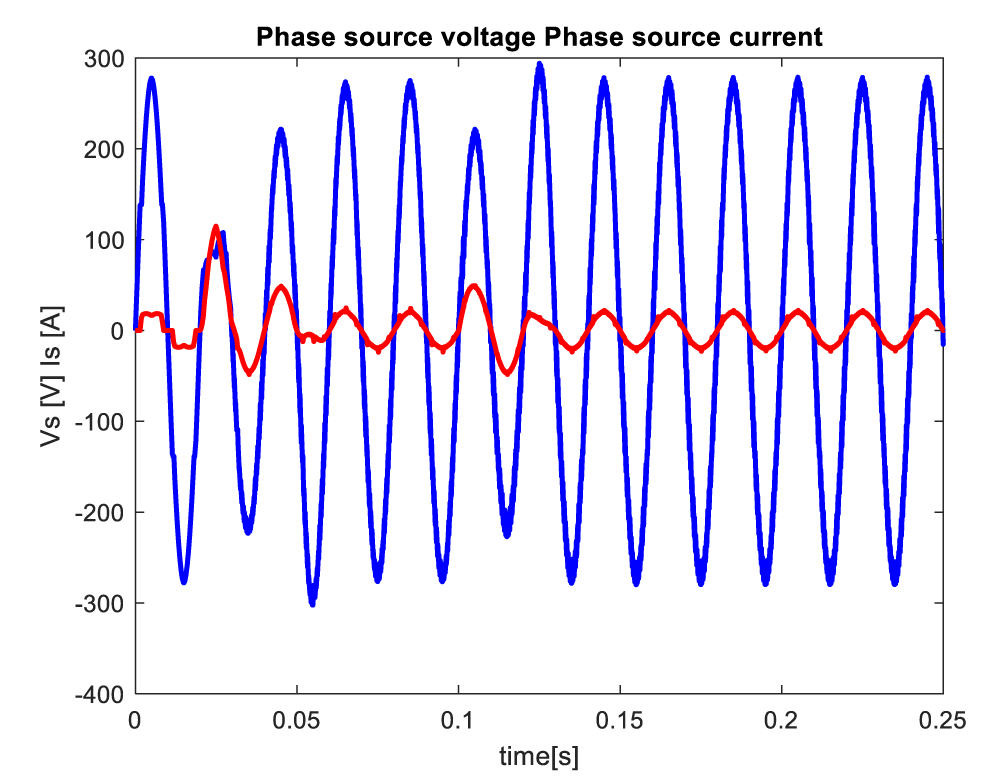
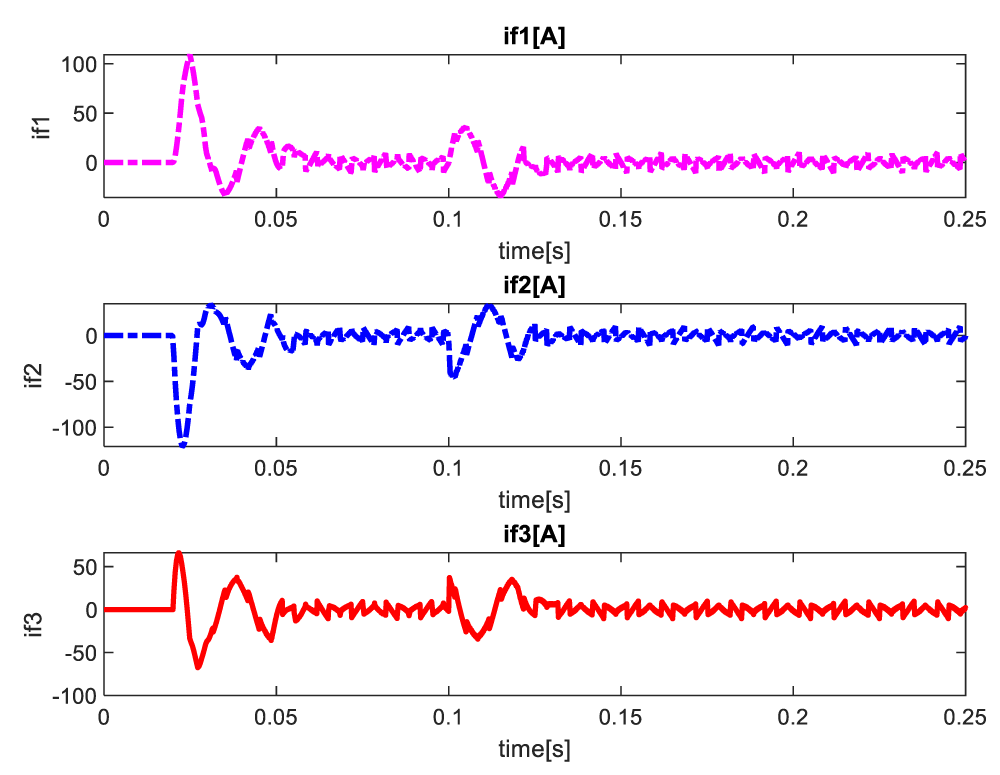
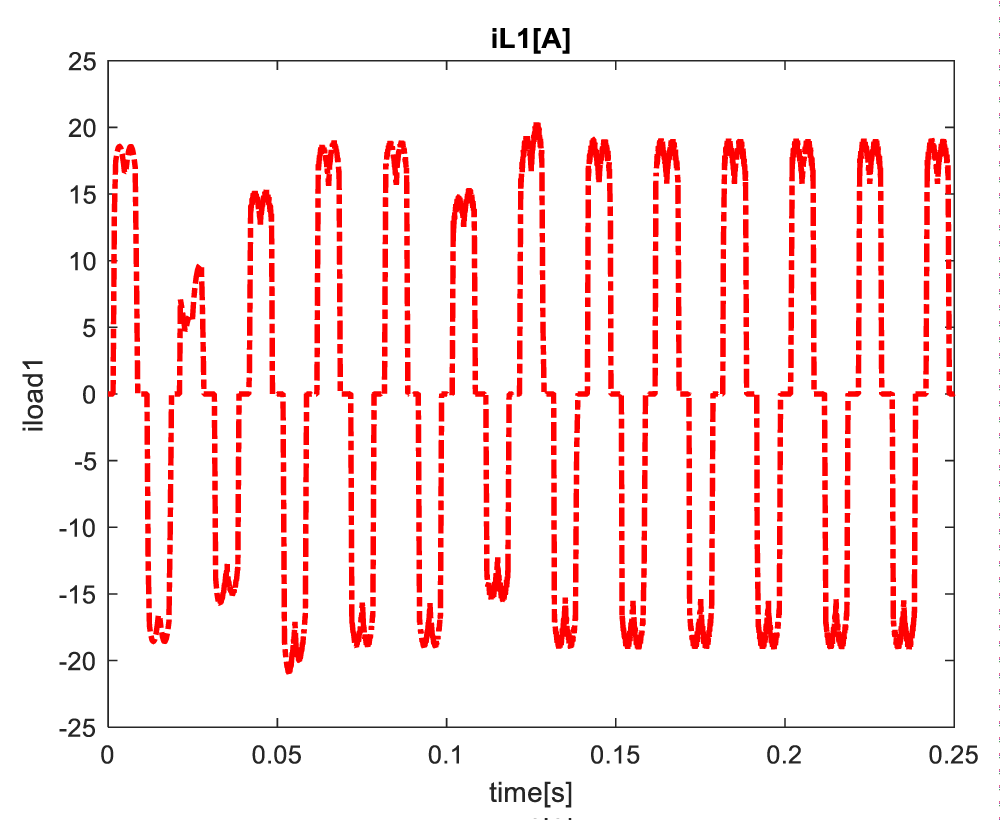
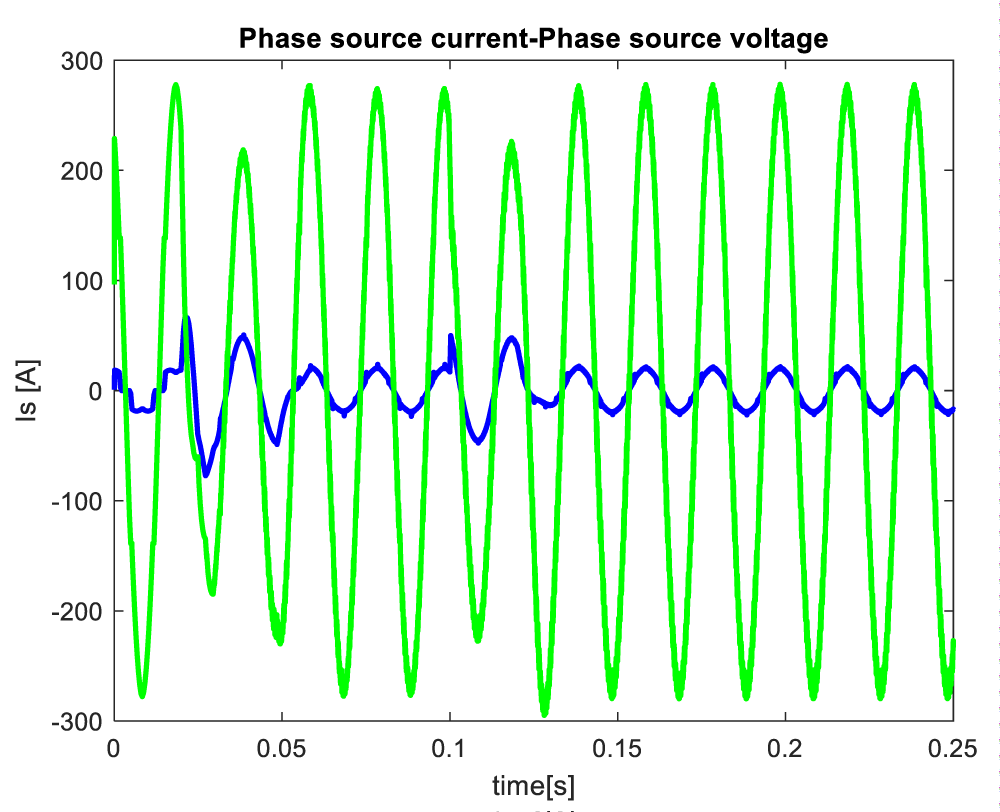
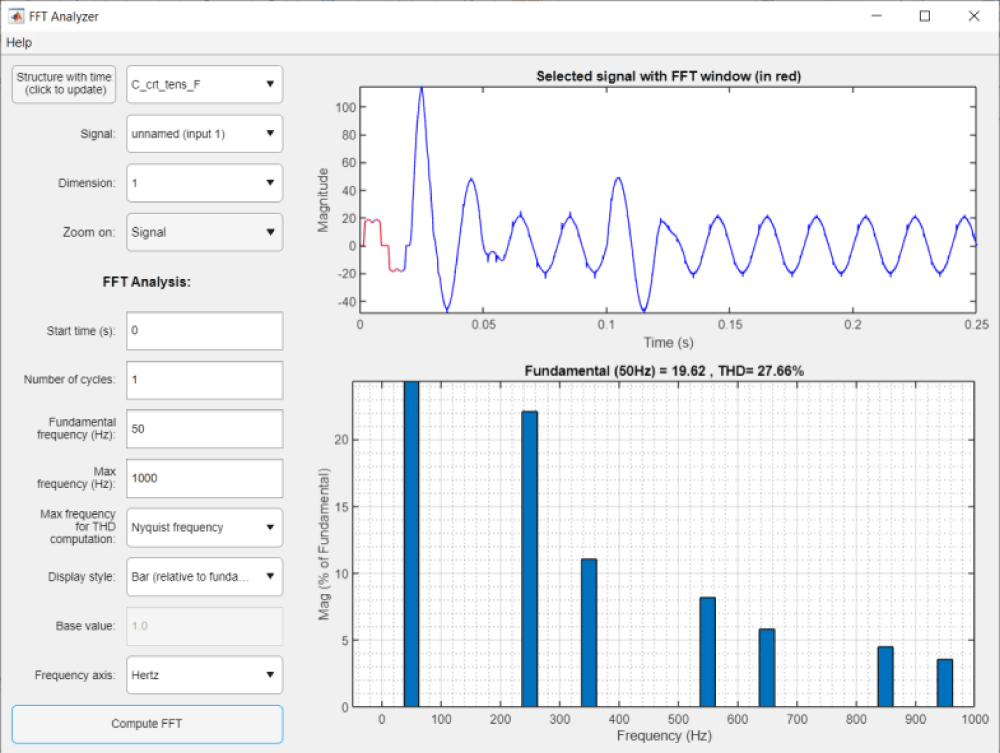
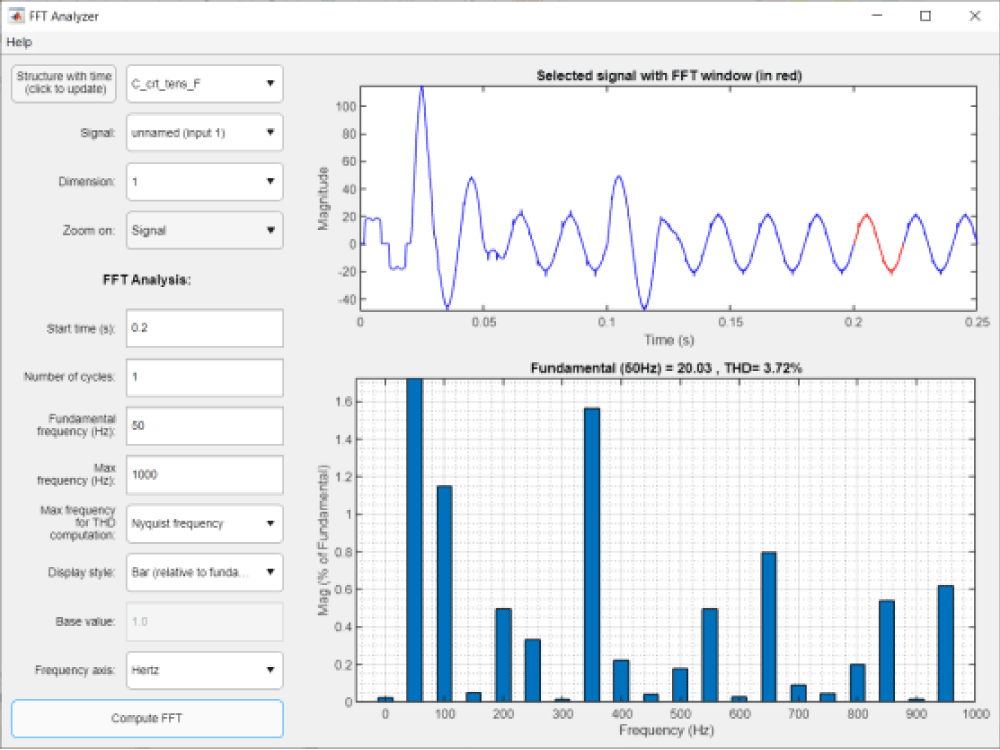
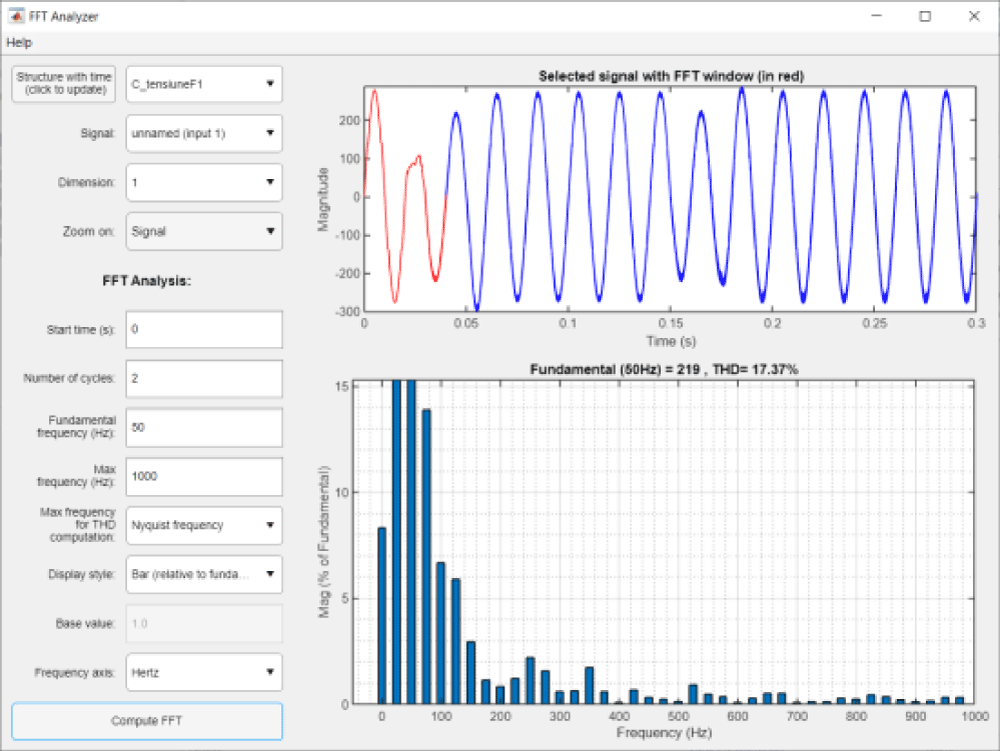
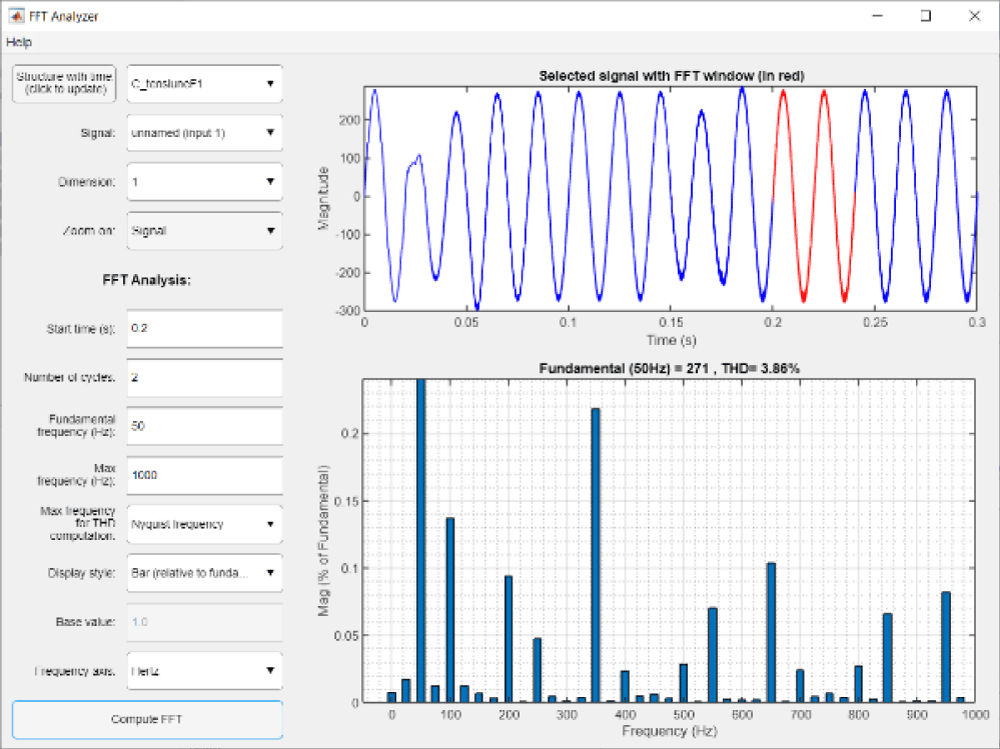
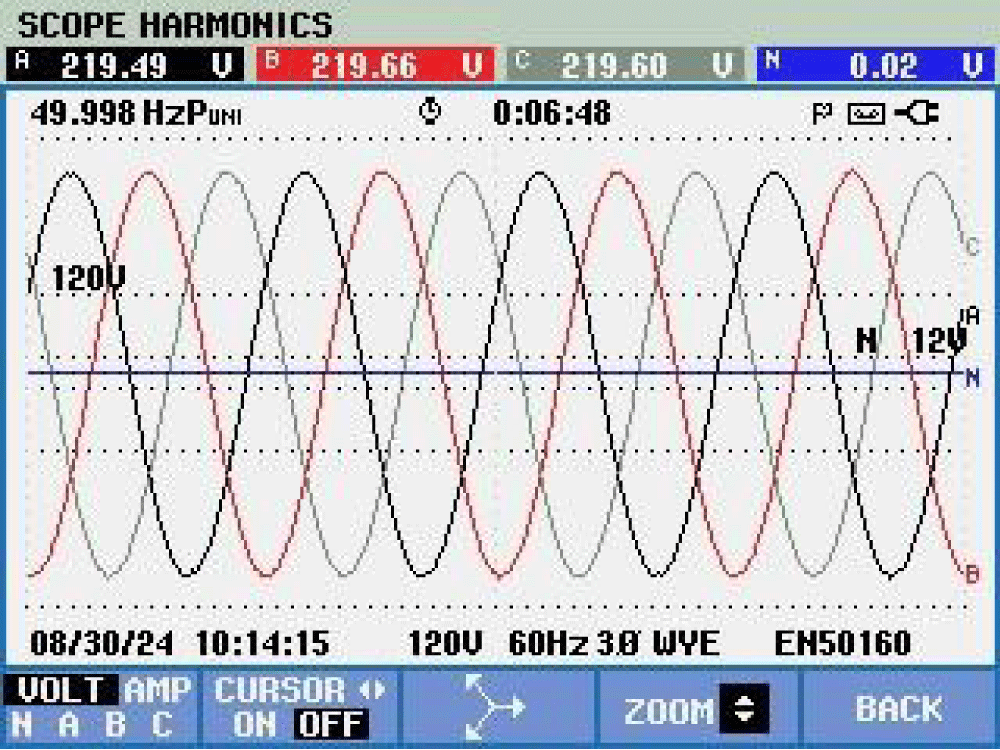
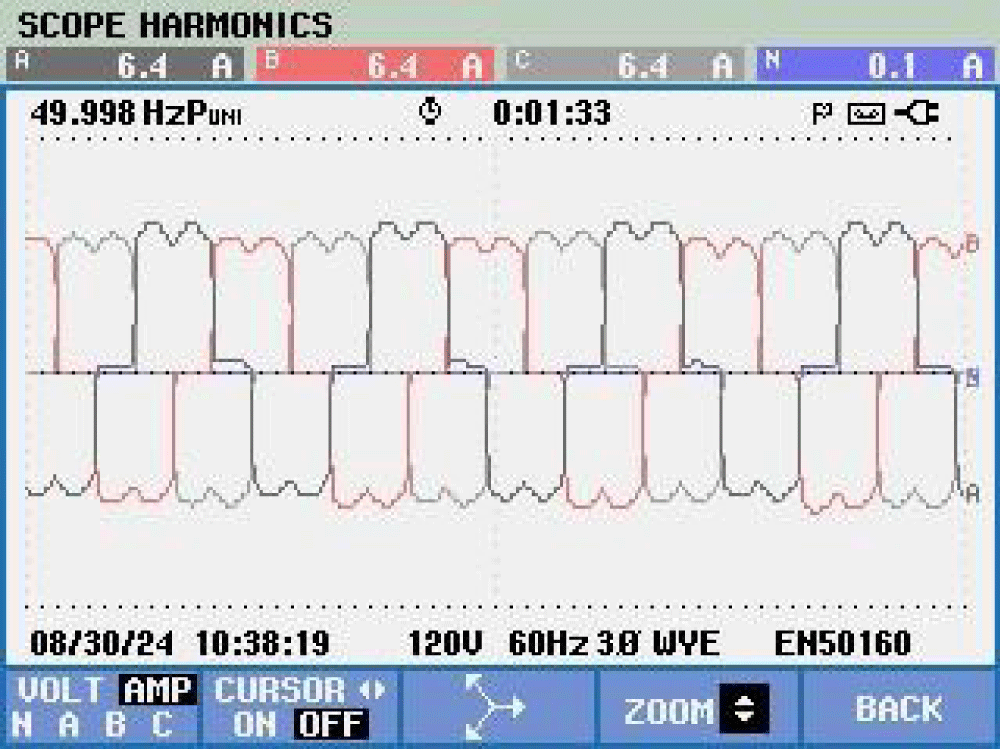
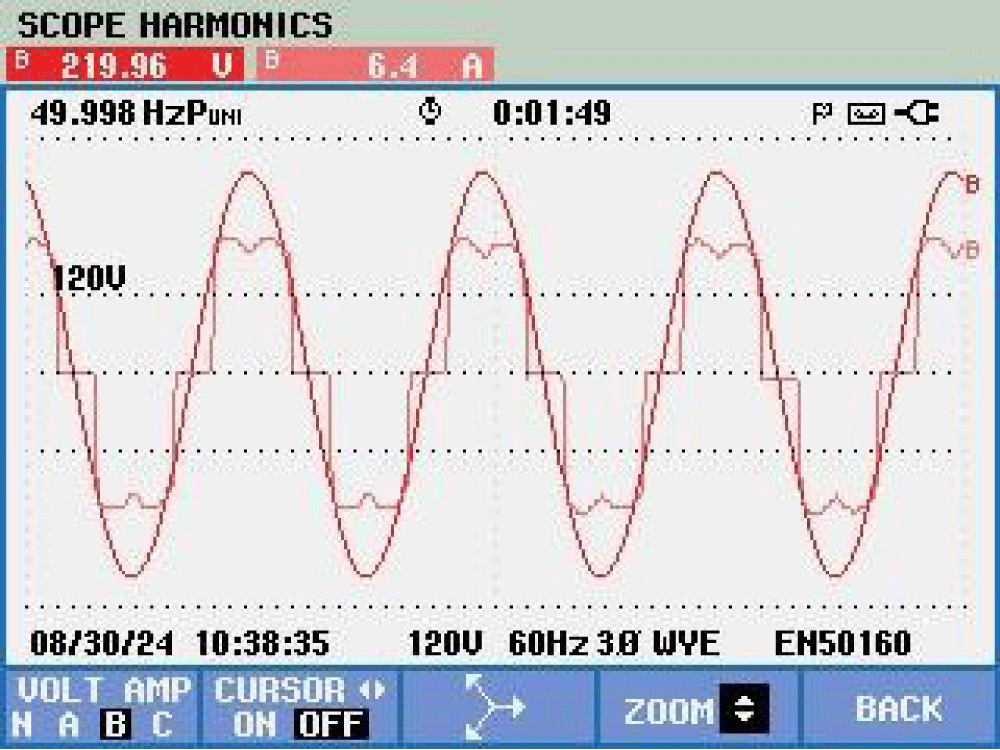
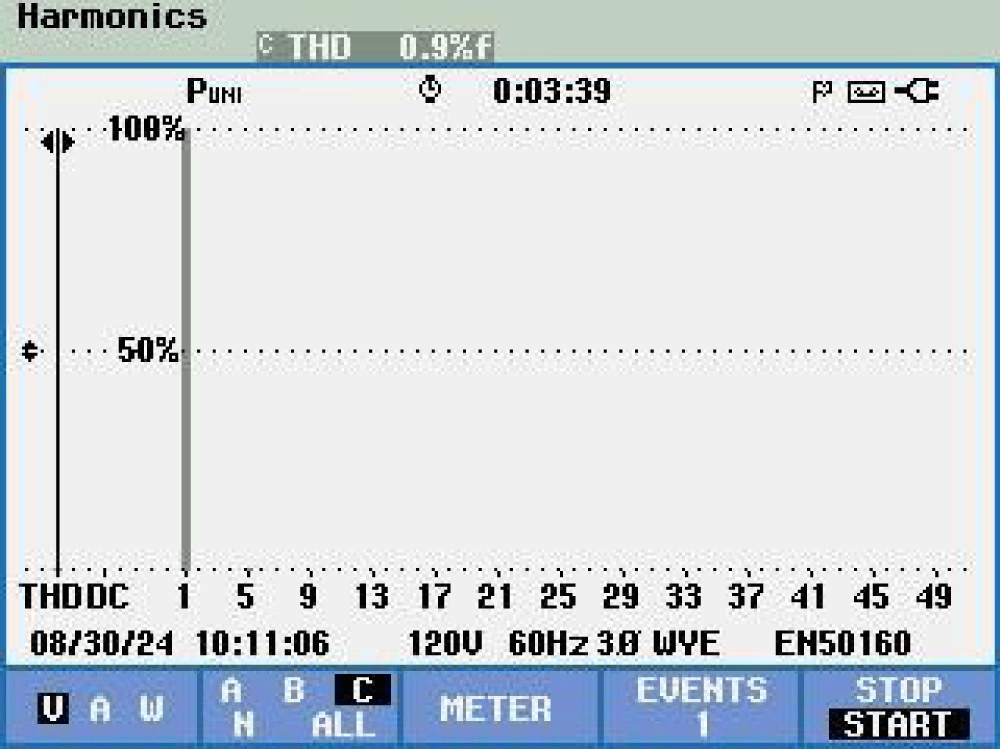
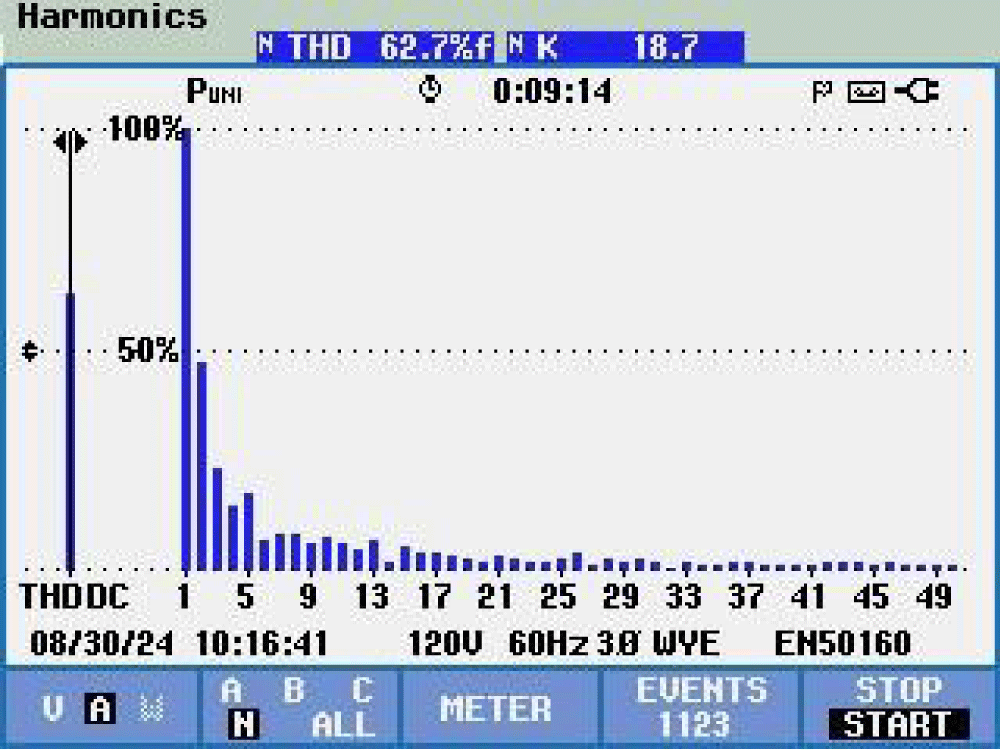
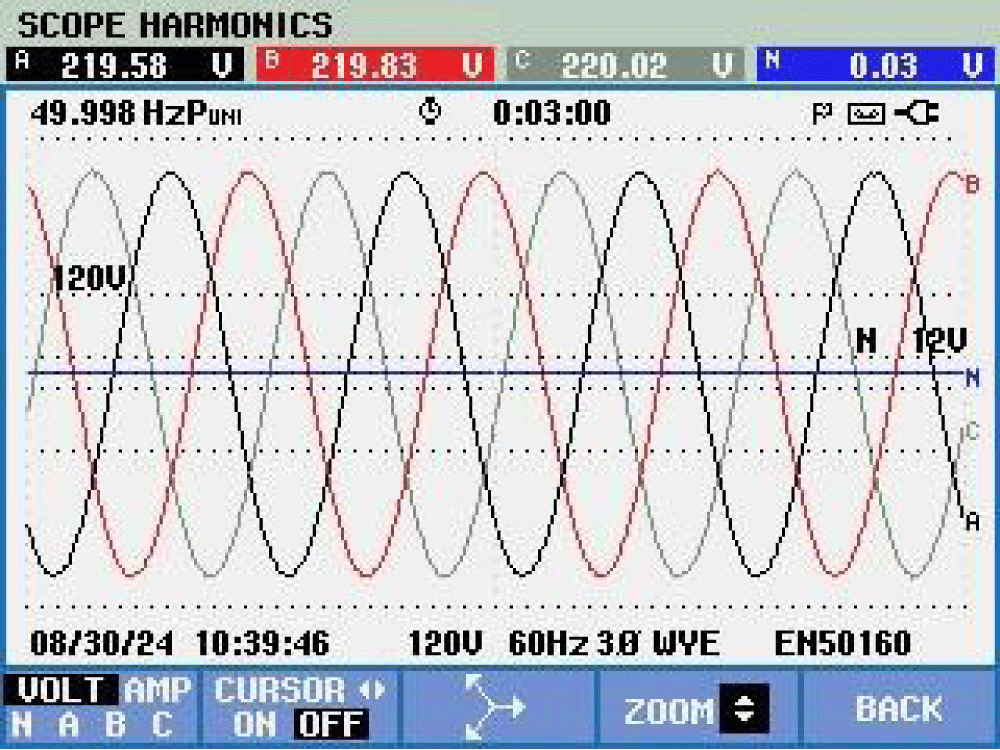
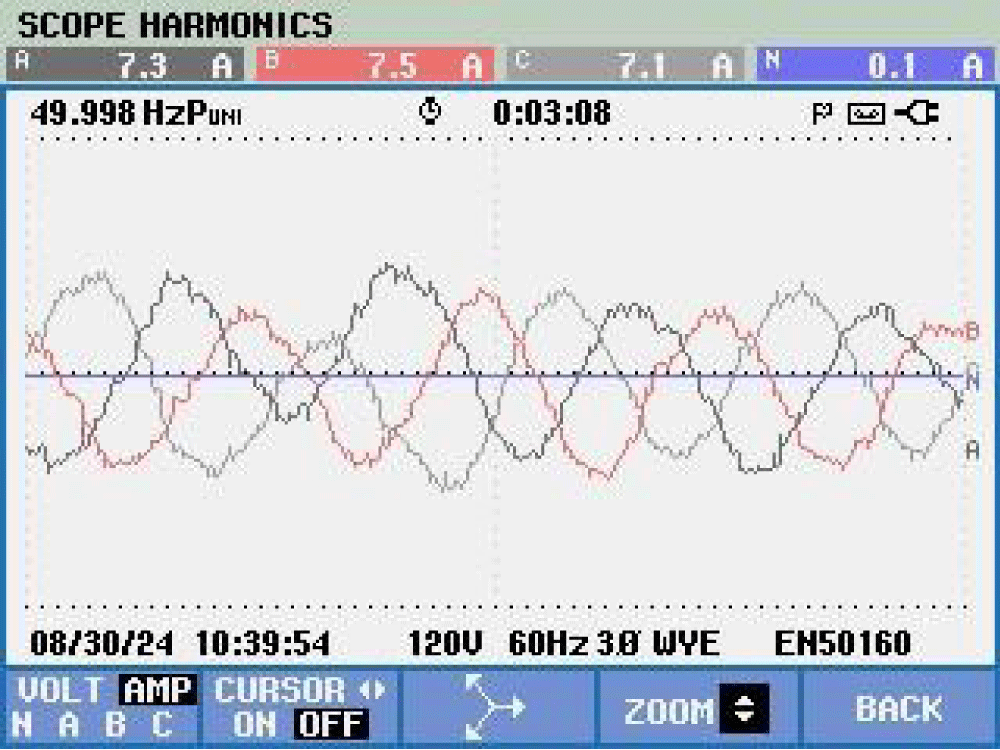

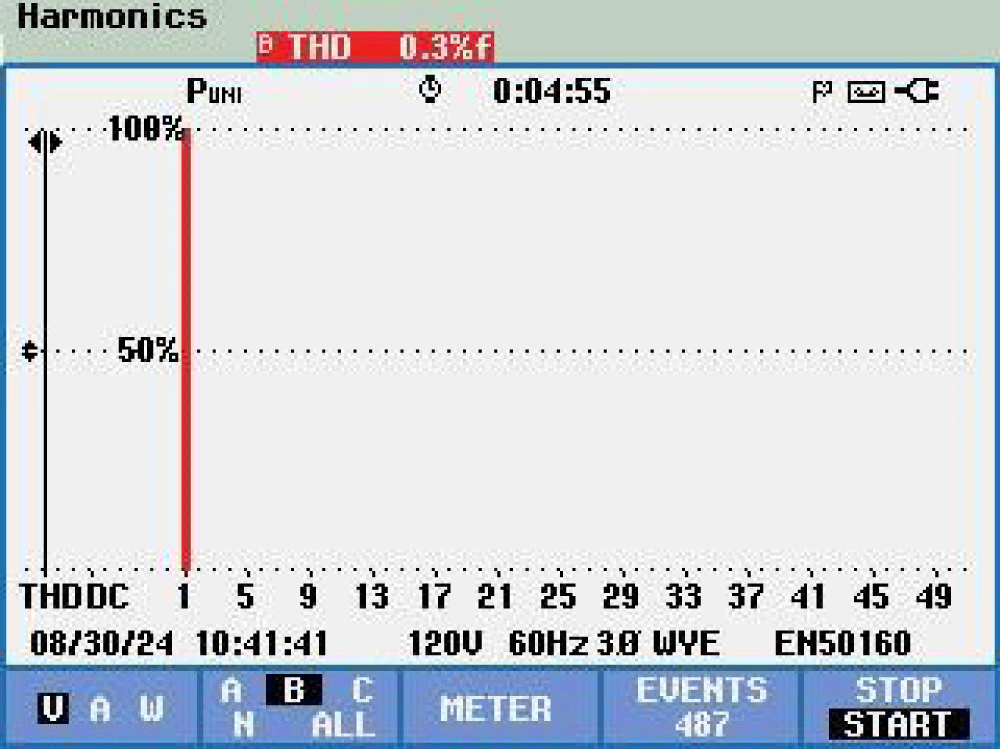


 Save to Mendeley
Save to Mendeley
